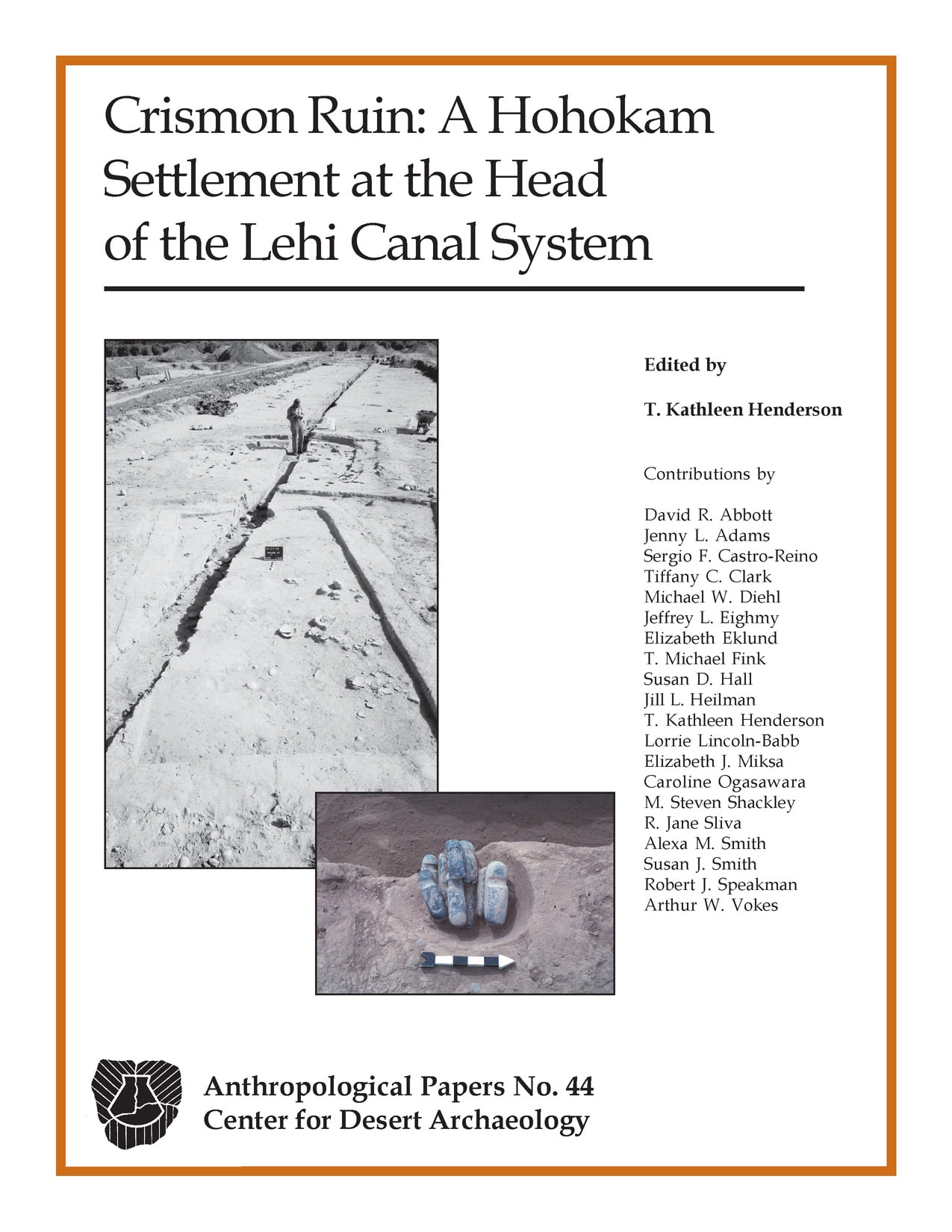Description
Edited by: T. Kathleen Henderson
Contributions by: David R. Abbott, Jenny L. Adams, Sergio F. Castro-Reino, Tiffany C. Clark, Michael W. Diehl, Jeffrey L. Eighmy, Elizabeth Eklund, T. Michael Fink, Susan D. Hall, Jill L. Heilman, T. Katleen Anderson, Lorrie Lincoln-Babb, Elizabeth J. Miksa, Caroline Ogasawara, M. Steven Shackley, R. Jane Silva, Alexa M. Smith, Susan J. Smith, Robert J. Speakman, Arthur W. Vokes
538 pages, 137 figures, 133 tables
